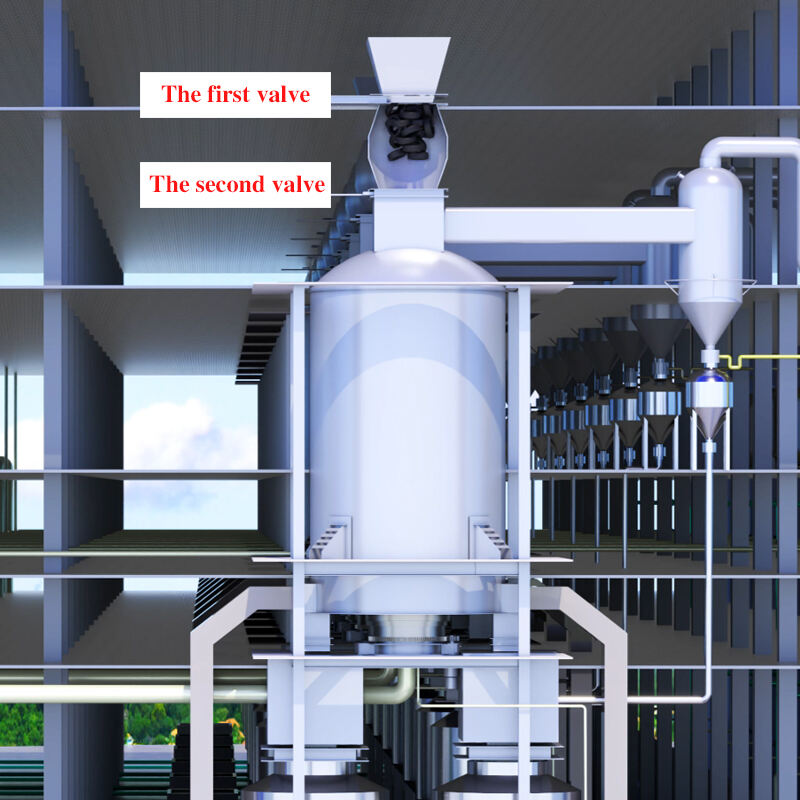desulphurisation reaction
The desulfuration reaction is a chemical process aimed at removing sulfur compounds from gases and liquids. It has been applied primarily in industry emissions and fuel processing to protect people's health or guard against environmental damage. This reaction's primary purpose is to remove sulfur dioxide (SO2) and others like it leave acids in rainwater which are indeed contributors of major proportions to the phenomenon known as acid rain. Features of desulphurisation technology include the use of absorbents such as limestone or calcium-based reagents that react with sulfur compounds to form stable, solid byproducts. This process can be carried out in a variety of technologies, such as flue-gas desulphurisation systems for power plants or hydrodesulphurisation of crude oil in refineries. It is used widely in industries as diverse as coal-fired plants and petroleum refineries, and it greatly reduces the amount of sulfur in their products.

